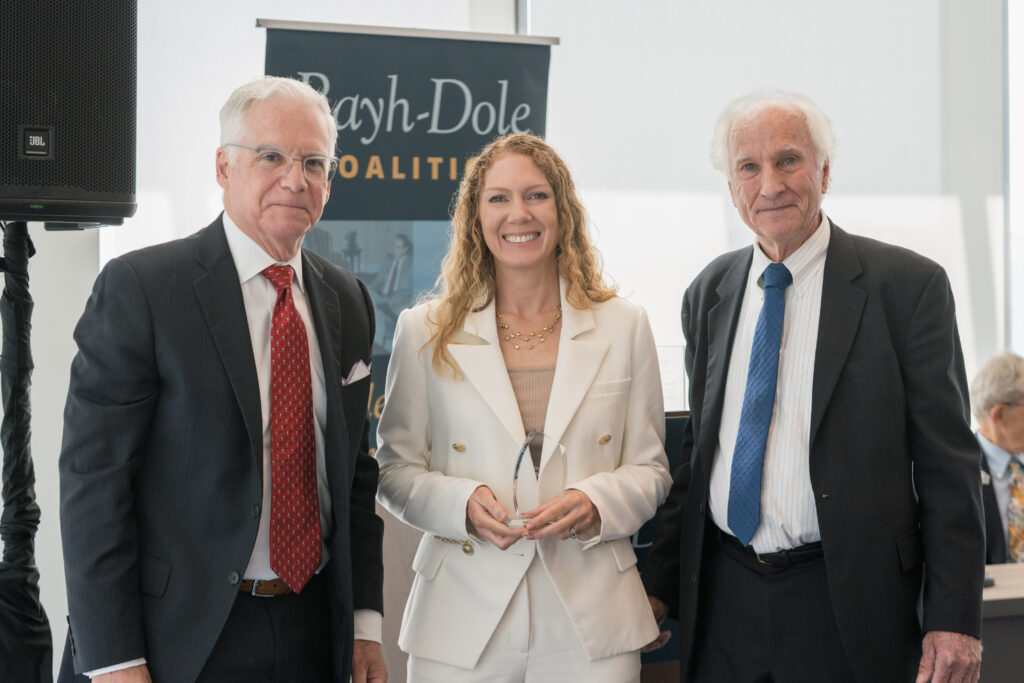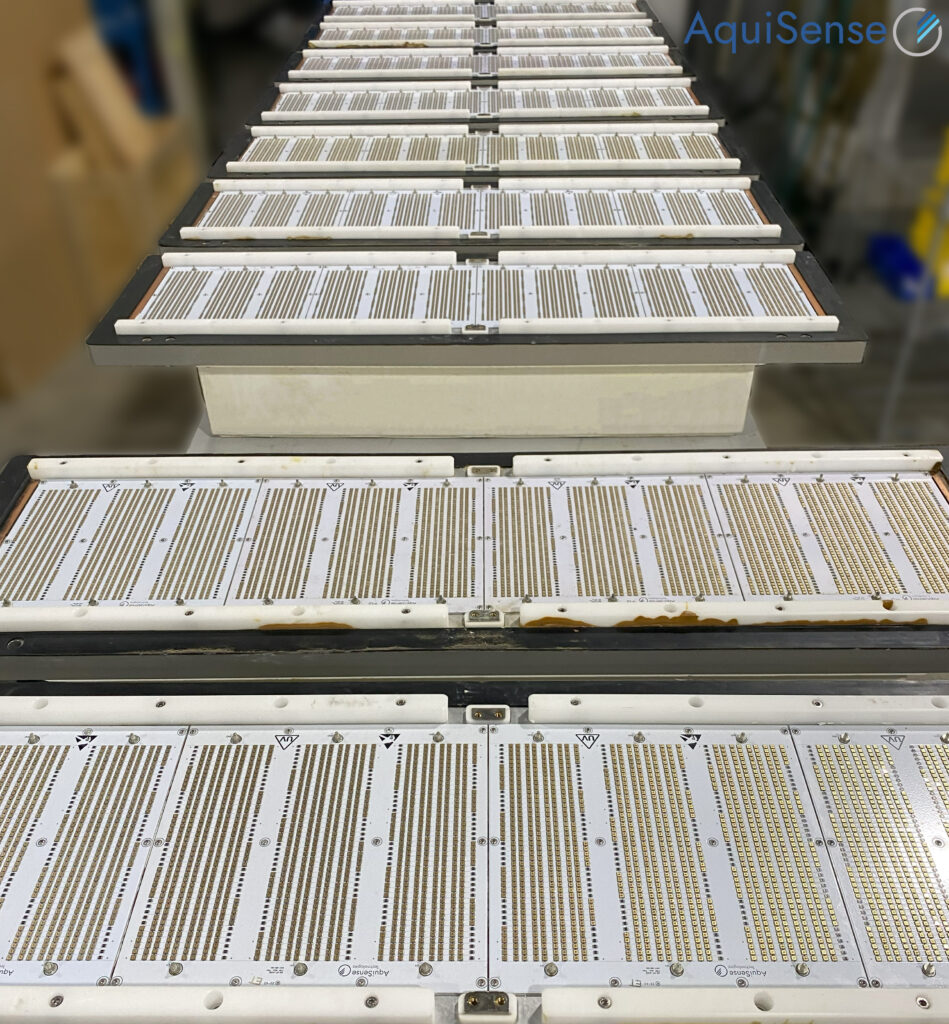Examining UV-C LED efficiency to fight SARCS-CoV-2
AquiSense’s PearlLab Beam has been used in a recent study adding to the growing body of research demonstrating the use of UV-C LEDs as tools to fight Covid-19.
A pre-print article published in Journal of Photochemistry and Photobiology B: Biology used AquiSense’s PearlLab products to examine the efficacy of a range of UV-B and UV-C LEDs against human coronavirus HCoV-OC43.
Due to the dangers of handling SARS-CoV-2 (the virus causing COVID-19), researchers chose to use a surrogate virus from the same ‘family’. A PearlLab Beam fitted with LEDs at 267, 279, 289, and 297 nm was used to irradiate the samples, investigating the exposure of each necessary to kill the virus.
LEDs emitting at 267 and 279 nm were the most effective, achieving 3-log (99.9%) inactivation from 6 – 7 mJ/cm2 exposure; all LEDs tested were able to achieve 3-log (99.9%) inactivation with sufficient exposure.
Examining UV-C LED efficiency to fight SARCS-CoV-2
A similar report from Boston University’s National Emerging Infectious Diseases Laboratories’ presented direct inactivation of the SARS-CoV-2 virus.
This study used LED at 260, 268, 270, and 280 nm; the device at 260 nm performed best, achieving a 2.6-log inactivation for a 5 mJ/cm2 exposure.
These recent studies support the common claim that UV-C in the 260-280nm range is highly effective against most pathogens.
Oliver Lawal, CEO, said: “AquiSense is excited to offer tools like the PearlLab Beam that provide researchers with the ability to study COVID-19 and learn how best to fight against it.”



